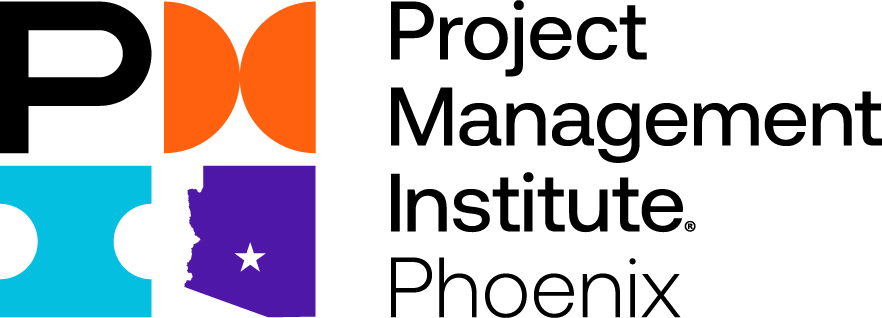Definition
A Post-Occupancy Evaluation (POE) is a process of assessing how well a building or space meets the needs and expectations of its users after they have occupied it for a while. This evaluation typically involves gathering feedback from occupants, analyzing data on building performance, and assessing whether the design and functionality of the space are meeting the intended goals. I will explore POE's purpose, methodologies, key components, and applications.
Purpose of conducting a POE
The purpose of conducting a POE in the building industry is to evaluate user satisfaction and identify areas for improvement to enhance user comfort and satisfaction. Additionally, POE helps identify performance issues related to energy efficiency, sustainability, and operational effectiveness, enabling optimization and cost reduction. POE also validates design decisions made during the planning and construction phases, ensuring that design goals are achieved and addressing discrepancies between design intent and user experience. Furthermore, insights from POE inform future design decisions and shape the design of future projects, allowing designers to create more successful and user-friendly spaces based on user feedback and data. Ultimately, conducting a POE helps enhance building performance, reduce operational costs, and create healthier and more comfortable spaces for occupants.
Methodologies for conducting a POE
The approaches and tools used in gathering feedback from occupants include conducting interviews with occupants to collect in-depth feedback, distributing surveys to gather quantitative and qualitative data, observing occupant behavior to gain insights, organizing focus group discussions for open dialogue, providing feedback forms for comments and suggestions, installing sensors and monitoring systems for real-time data collection, utilizing social media and online platforms for communication, and using building performance software to analyze metrics and generate recommendations for improvement.
Key components of a POE
The areas of focus during the evaluation process include assessing the functional performance of the building, evaluating indoor environmental quality in terms of air quality, acoustics, thermal comfort, and overall building performance metrics, examining energy efficiency such as HVAC and lighting, assessing sustainability features such as green building certifications, renewable energy systems, and sustainable materials, evaluating operational effectiveness and maintenance practices, gathering feedback on user satisfaction and experiences, and assessing the adaptability and flexibility of the building to accommodate future changes and evolving user needs.
Application of POE Findings
POE results provide valuable insights that directly inform design and construction decisions. By analyzing and interpreting data on occupant satisfaction, comfort levels, functionality of spaces, and overall building performance, designers and developers can compare data to standards, look for correlations between variables, and highlight the environment's strengths and weaknesses to identify areas that need improvement or modification in future projects. This feedback can guide decisions on layout, materials, lighting, ventilation, acoustics, and other design elements to meet users' needs and preferences better. Additionally, POE results can inform decisions on maintenance, operations, and sustainability practices to ensure the long-term success and efficiency of the building. Integrating POE findings into design and construction processes leads to more user-centric, responsive, and successful built environments.
Conclusion
A comprehensive understanding of POE is essential for assessing the effectiveness and performance of buildings and spaces. By delving into the key components of what post-occupancy evaluation entails and how it is conducted, we can unlock valuable insights that inform future design decisions, enhance user experience, and ultimately contribute to creating more functional and sustainable environments. Understanding POE empowers project managers, architects, designers, building owners, facility managers, researchers, and other construction professionals to continuously improve and optimize the built environment for its occupants and stakeholders.
Author: Bode Adeyemi
